Waterford Farms is now the surf to the rest of Alberta’s turf, but ambitious plans include a southward expansion
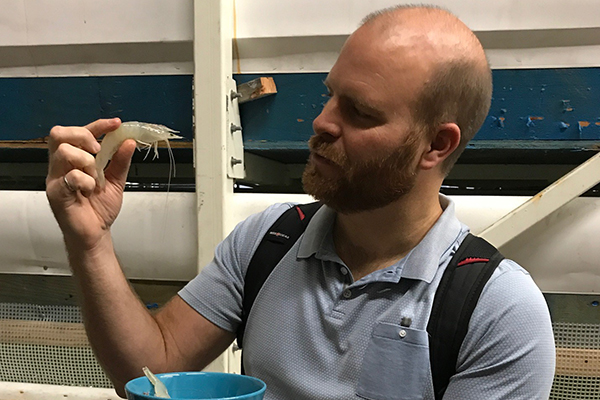
Four years ago, Keith Driver and his friend and business partner, TM Gunderson, built a shrimp farm in Alberta located in a 9,000-square-foot land-based facility, stacking Pacific white shrimp (Litopenaeus vannamei) in towers connected to a water conditioning unit.
“We use cascading tanks so that shrimp can flow by gravity into the next tank when they reach the right size,” he said. “This allows us to maximize our density and minimize our footprint.”
The two engineers started the farm as a passion project. Driver began with a hydroponic vegetable garden at home, and when his spouse resisted the idea of expanding it to include tilapia, the idea for Waterford Farms took flight. “This was our shared view on controlled-environment agriculture and how it would play out in environments like ours, which are seasonally inhospitable to this type of operation,” he said.
He’s not exaggerating when he references a seasonally inhospitable environment. The farm is located in Strathmore, Alberta, a province where cattle is king, the ground is covered with snow many months of the year and any kind of government assistance or incentives for aquaculture producers are non-existent. In fact, the government “doesn’t know what to do with aquaculture,” said John Derksen, chair of the Aquaculture Centre of Excellence at Lethbridge College in Lethbridge, Alberta.
Aquaculture was regulated by the Ministry of Agriculture under Alberta’s provincial government until recently, when it was turned over to the Ministry of Environment and Parks, Derksen told the Advocate.
“They are in charge of provincial aquaculture facilities and of how private aquaculture is going to expand, and they don’t yet know what the plan is. This makes it hard for private producers to gauge what the future looks like,” Derksen said.
Jim Wagner, fish culture specialist for the Ministry of Environment and Parks, concurs with Derksen’s grim assessment.
“Fish is not a staple food in Alberta, and therefore, production is not prioritized,” he said. “The aquaculture industry hasn’t changed much in Alberta over the last few years and the Ministry of Environment and Parks is conservation-minded – we don’t do anything in the way of promotion for industry.”
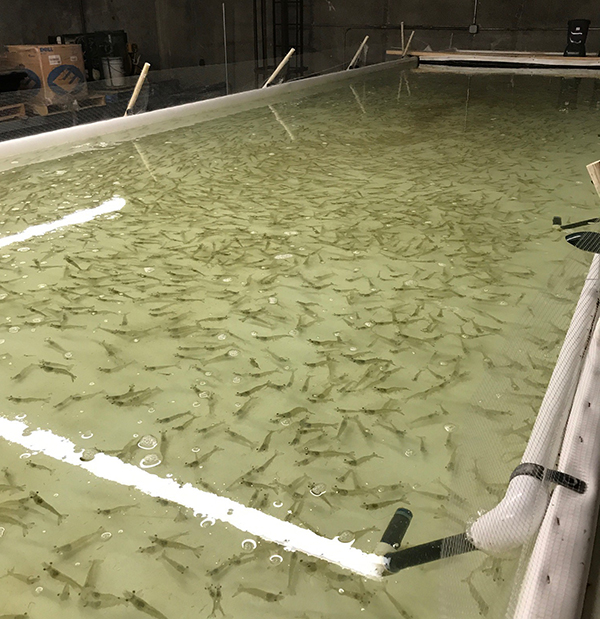
Wagner said the department has not received many requests from new aquaculture producers or expansion requests from current producers. He speculates it’s because biosecurity is a “huge thing” for his department. “Experimental production doesn’t usually have a high biosecurity aspect to it, mainly because of the cost of implementing those practices,” he said. “But I think that while aquaculture could never become a main contributor to Alberta’s economy, it would be a good addition.”
Therein lies the problem, added Derksen: “There’s no one there to develop the industry, and no government intent or plan to promote the industry and see it develop in a healthy direction. Alberta’s Ministry of Environment and Parks has to establish its goals for aquaculture, and it will be interesting to see what they are.”
Waterford Farms shut down during the COVID-19 lockdown but has resumed production and can produce up to 1,000 pounds of shrimp weekly. Driver has bold hopes for the company and envisions building shrimp farms in cities like Vancouver, Seattle, Chicago and Phoenix, “where we could have the competitive advantage of being local and fresh.”
Work is already underway on a Vancouver facility that should be starting operations in 2023, with a capacity of 140,000 pounds per year. Driver said the CDN $4 million (U.S. $3 million) project will be twice the size of the farm in Alberta and while he and his partner are self-financing, they are starting to look for additional investors, especially as they look to open facilities in the United States. They will be seeking sites and permits by the end of this year for U.S. farms and hope to open one by 2024.
“We’re already convinced our technology is scalable – the issue now is determining the right roll-out structure in terms of marketing, supply chain and permitting,” he said.
In Alberta there’s no economic incentive or subsidy for aquaculture right now, but there are far more incentives in the United States, he noted.
“We’re focused on making this a profitable business, but we’re also aware that we’ll have to figure out how to do that on our own,” he said.
Follow the Advocate on Twitter @GSA_Advocate
Now that you've reached the end of the article ...
… please consider supporting GSA’s mission to advance responsible seafood practices through education, advocacy and third-party assurances. The Advocate aims to document the evolution of responsible seafood practices and share the expansive knowledge of our vast network of contributors.
By becoming a Global Seafood Alliance member, you’re ensuring that all of the pre-competitive work we do through member benefits, resources and events can continue. Individual membership costs just $50 a year.
Not a GSA member? Join us.
Author
-
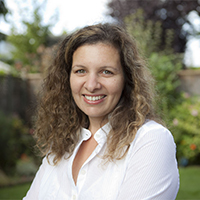
Lauren Kramer
Vancouver-based correspondent Lauren Kramer has written about the seafood industry for the past 15 years.
Tagged With
Related Posts
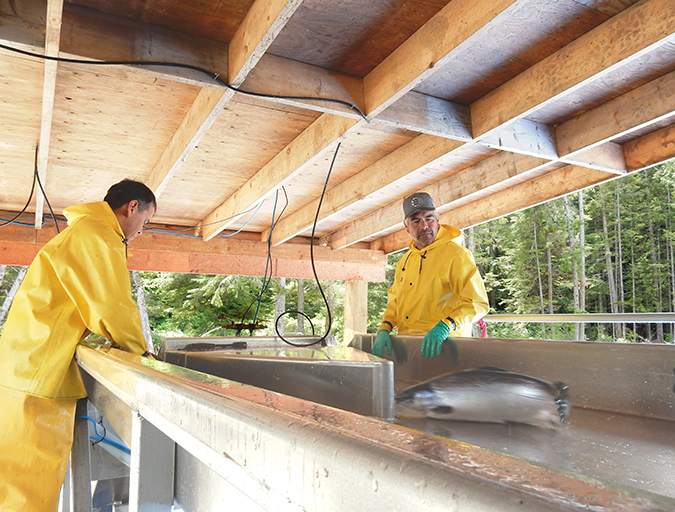
Innovation & Investment
Competitiveness comes at scale for RAS operations
Total RAS salmon production worldwide is less than half of 1 percent of total production. Many of the investors flocking to the sector now are new to fish farming, and confident in its potential.
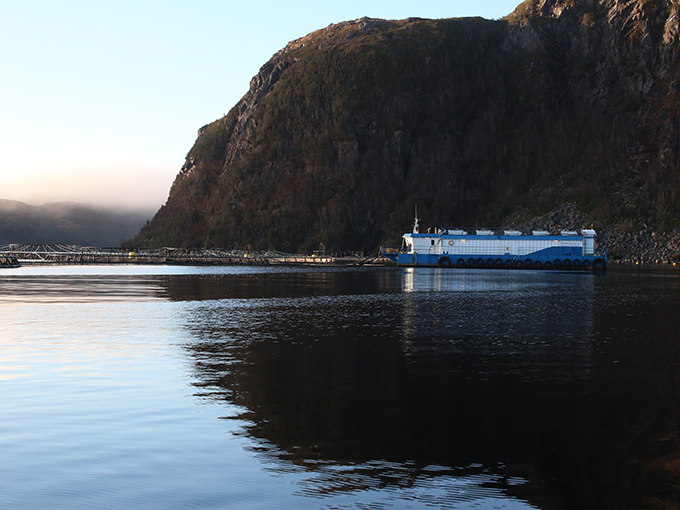
Intelligence
Aquaculture’s solid opportunity on The Rock
As aquaculture grows in Newfoundland, the socioeconomic future of this Canadian province with a population of 500,000 takes flight with it. It's a welcome development, after a two-decade slump due in part to the downturn of North Atlantic groundfish stocks.
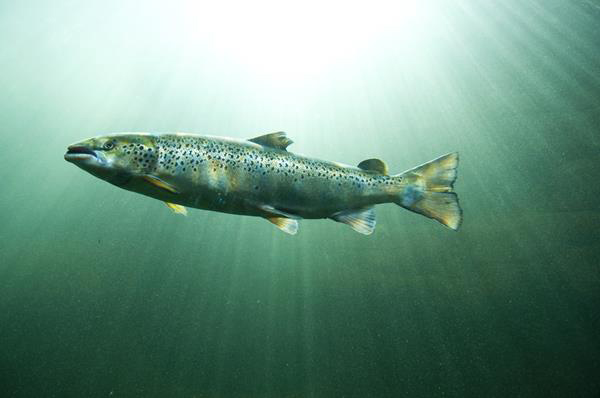
Intelligence
Yellow Seafood Watch rating opens doors for Maine farmed salmon
Only farmed salmon from four regions in the world have earned a “best choice” or “good alternative” buy ranking from Seafood Watch. Maine-produced product is now an option for retailers and restaurant buyers who follow the Monterey Bay Aquarium’s influential recommendations.
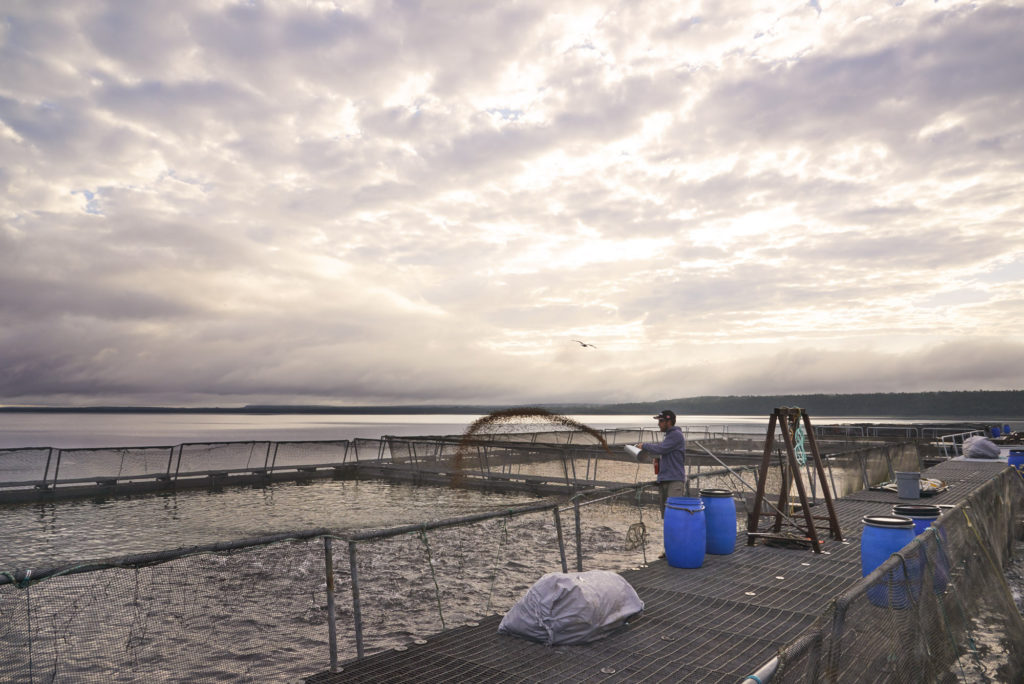
Responsibility
For Great Lakes aquaculture, it’s a tale of two countries
Canada and the United States may be friendly neighbors, but when it comes to aquaculture, the bordering countries take vastly different approaches to aquaculture in the Great Lakes.


